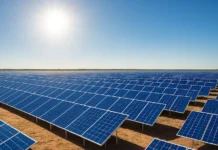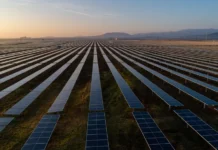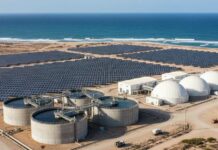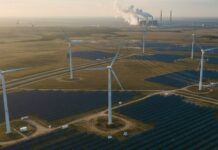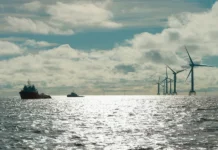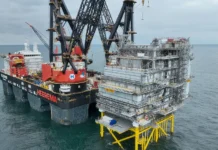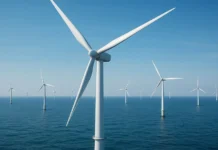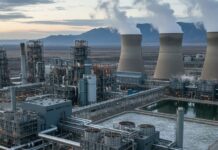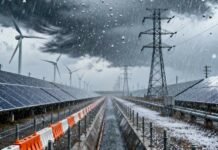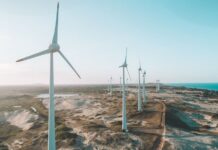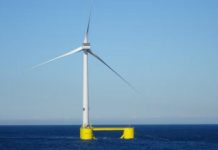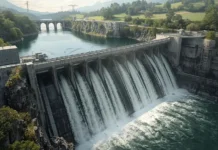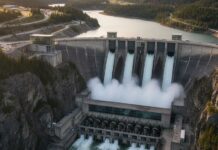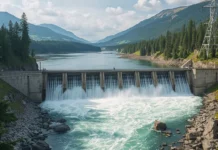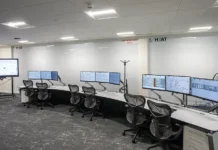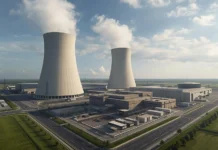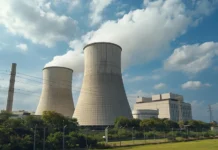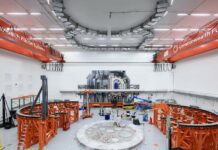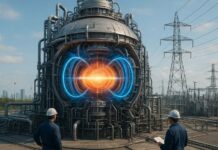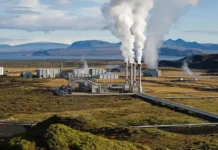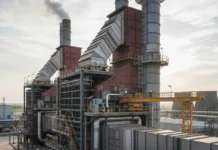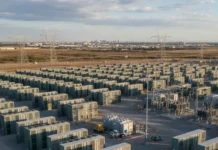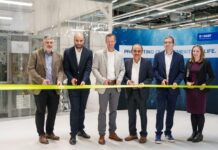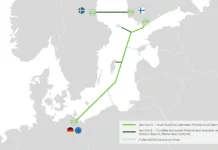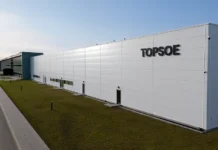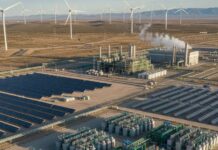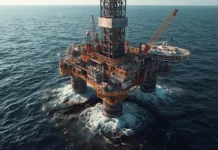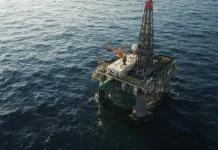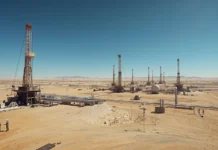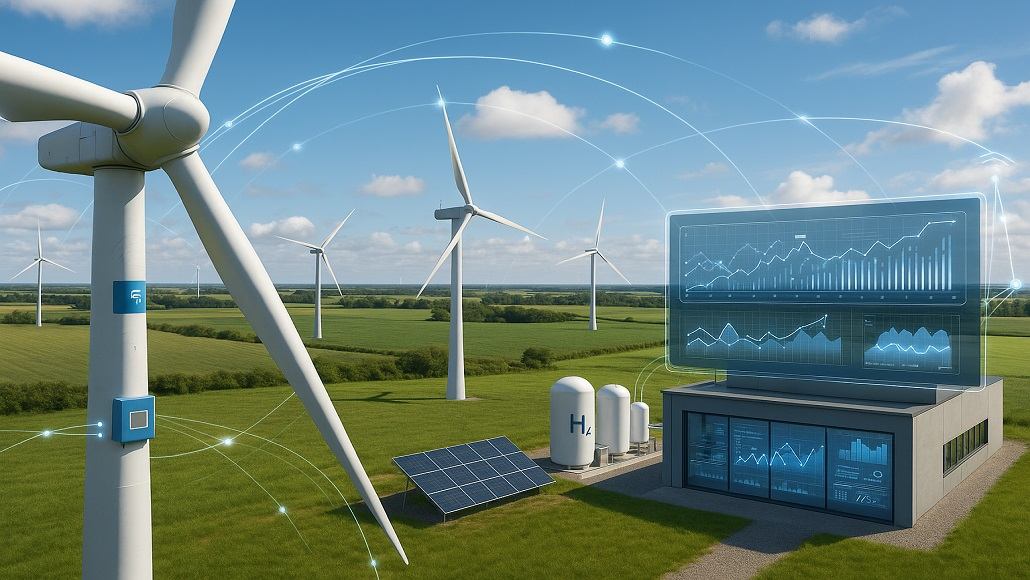In the lookout for a sustainable energy future, wind power has gone on to emerge as one of the most promising renewable energy sources that is present today. As the wind energy technologies go into the advancement mode, the integration of artificial intelligence (AI) as well as real-time optimization within the wind farm operations is indeed revolutionizing the entire sector. Edge-controlled wind farms with real-time optimization happen to be at the forefront of this transformation by way of enabling efficient dispatch when it comes to turbine fleets as well as hydrogen off-takers in order to maximize the stability along with the revenue. Let’s look into the mechanics of these innovative systems, the implications that they have economically, and their potential to reshape the renewable energy spectrum.
What are edge-controlled wind farms?
It is well to be noted that the edge-controlled wind farms go on to leverage the advanced AI algorithms along with edge computing in order to optimize the performance when it comes to wind turbines as well as their associated energy systems – that too in real time.
This kind of technology enables decentralized decision-making at or even near the data centers, thereby helping faster as well as more responsive functional adjustments as compared to the centralized systems, which are traditional in nature.
Through utilizing data Coming from numerous sources such as turbine performance, wind speed, and market demand, edge-controlled systems can dynamically alter the function of turbine fleets. This kind of optimization process not just elevates the energy production efficiency, but at the same time, it also enhances the stability of the grid by way of offering a more dependable supply in terms of renewable energy. There are certain recent studies that indicate that integrating real-time optimization technologies can also elevate energy output coming from wind farms by as much as 20%. This kind of an increase is especially very significant in certain regions having variable wind patterns, where the capacity to adjust the turbine operations based on real-time conditions can lead to enough gains in the generation of energy.
Artificial intelligence’s role in real-time optimization
It goes without saying that artificial intelligence happens to play a very critical role within the functionality of edge-controlled wind farms. Through processing enormous amounts of data coming from turbines, forecasts in terms of weather, as well as market signals, AI algorithms can make informed decisions when it comes to turbine dispatch as well as energy production. These kinds of algorithms make use of machine learning techniques in order to evaluate the historical data and also anticipate optimal operating conditions for every turbine. For example, AI can go ahead and identify patterns when it comes to wind speeds and alter the turbine blade angles so as to maximize the energy capture, thereby subsequently elevating the overall performance. Besides this, AI-driven predictive maintenance models can also pinpoint potential equipment failures before they even occur, hence minimizing the downtime and functional barriers.
The application of artificial intelligence when it comes to real-time optimization goes beyond the management of hydrogen production. As the demand when it comes to green hydrogen increases, especially as a clean fuel alternative, integrating hydrogen production along with wind energy generation can go on to create a synergistic bond. Wind farms can go ahead and supply power directly to the electrolyzers, thereby converting electricity that is in excess into hydrogen during periods of high generation. By way of making complete use of dispatch in real time, edge-controlled wind farms make sure that the hydrogen production syncs well with energy availability, thereby supporting the revenue maximization and, of course, stability of the grid.
What are the economic implications of edge-controlled wind farms?
The rollout of edge-controlled wind farms along with real-time optimization happens to bring quite prominent economic advantages to the energy producers as well as consumers. Through maximizing the energy generation and also integrating the production of hydrogen, these systems happen to create novel revenue streams and also increase their functional efficacy and efficiency.
The fact of the matter is that as the nations as well as regions move towards decarbonization objectives, the demand when it comes to renewable energy along with hydrogen is indeed on the growing side. As per the Hydrogen Council, the global hydrogen market can as well reach $2.5 trillion by 2050, and edge-controlled wind farms are very well positioned in order to capitalize on this growing market trend by way of offering a very trustworthy and dependable, along with a sustainable, hydrogen production source.
In addition to this, the cost-effectiveness when it comes to wind energy generation has enhanced dramatically in the years that have gone by. A report from the International Renewable Energy Agency (IRENA) goes on to indicate that the levelized expenditure of electricity coming from onshore wind has decreased by almost 49% since 2010.
It is well to be noted that as the operational efficiency grows with the integration of real-time optimization technologies, the economic viability when it comes to wind energy will continue to be robust, thereby making it a very attractive choice for investors as well as energy producers.
How about elevating the grid stability along with energy security?
One of the most important challenges that is faced by the renewable energy sector happens to be pertaining to making sure of the grid stability since the dependency on variable energy sources grows with time.
Interestingly, the edge-controlled wind farms having real-time optimization go on to address this kind of challenge by offering a more dependable and predictable energy supply. Through adjusting turbine operations in response to the real-time demands of the grid, the systems can help in balancing the supply and demand, thereby reducing the dependence on fossil fuel backup generation. Besides this, integration of hydrogen production enables better energy storage solutions since any excess of energy can get converted into hydrogen and also be stored for use in a later scenario. This sort of capability not just elevates the energy security, but at the same time it also helps in contributing to an energy infrastructure that is more resilient.
Notably, the edge-controlled wind farms can play a very significant role when it comes to supporting the shift to a decentralized energy grid. As the energy producers increasingly adopt the local generation models, the capacity to optimize and also dispatch energy on-site becomes very critical. This kind of decentralization not just decreases the transmission losses, but at the same time, it also empowers the communities to take much greater control when it comes to their energy resources.
What are the future prospects and challenges that tag along?
While the growth when it comes to edge-controlled wind farms with real-time optimization happens to present a very compelling vision for the very tomorrow of renewable energy, there are numerous challenges that have to be addressed in order to make sure that their widespread adoption takes place in a very effective way. The initial capital investment that is needed for advanced technologies as well as infrastructure can indeed be a hurdle for certain developers. But as the technology expenditure continues to decline and the regulatory framework does all that it can in order to support the renewable energy initiatives, these barriers are more likely to get diminished as the time goes by.
In addition to this, the integration of both, artificial intelligence and edge computing within energy systems needs a skilled workforce that happens to be capable of managing and at the same time also maintaining these kinds of technologies. Investments within education, and also the training programs, are going to be vital in order to make sure that the industry has the talent it requires so as to support the edge-controlled wind farms’ unprecedented growth.
What lies ahead?
The progress of edge-controlled wind farms along with real-time optimization goes on to signify a major advancement within the renewable energy industry. By way of harnessing the power of artificial intelligence along with edge computing, systems help with efficient dispatch of the turbine fleet in addition to the hydrogen off-takers, thereby leading to maximum revenue as well as elevated stability of the grid.
As the world consistently moves towards the energy solutions that are sustainable, the edge-controlled wind farm’s role is undoubtedly going to play a very important role, thereby offering a pathway for an energy future that is far cleaner, more flexible, and extremely resilient.
It is without a shred of doubt that the stakeholders across the energy spectrum are embracing these innovations, and because of it, the potential for edge-controlled wind farms so as to reshape the industry is indeed witnessing an increase. Through integrating advanced technologies along with optimizing functions, one can unlock the entire potential of renewable energy, thereby paving the way for an energy economy that is sustainable and also the one that actually meets the requirements for the generations to come.



